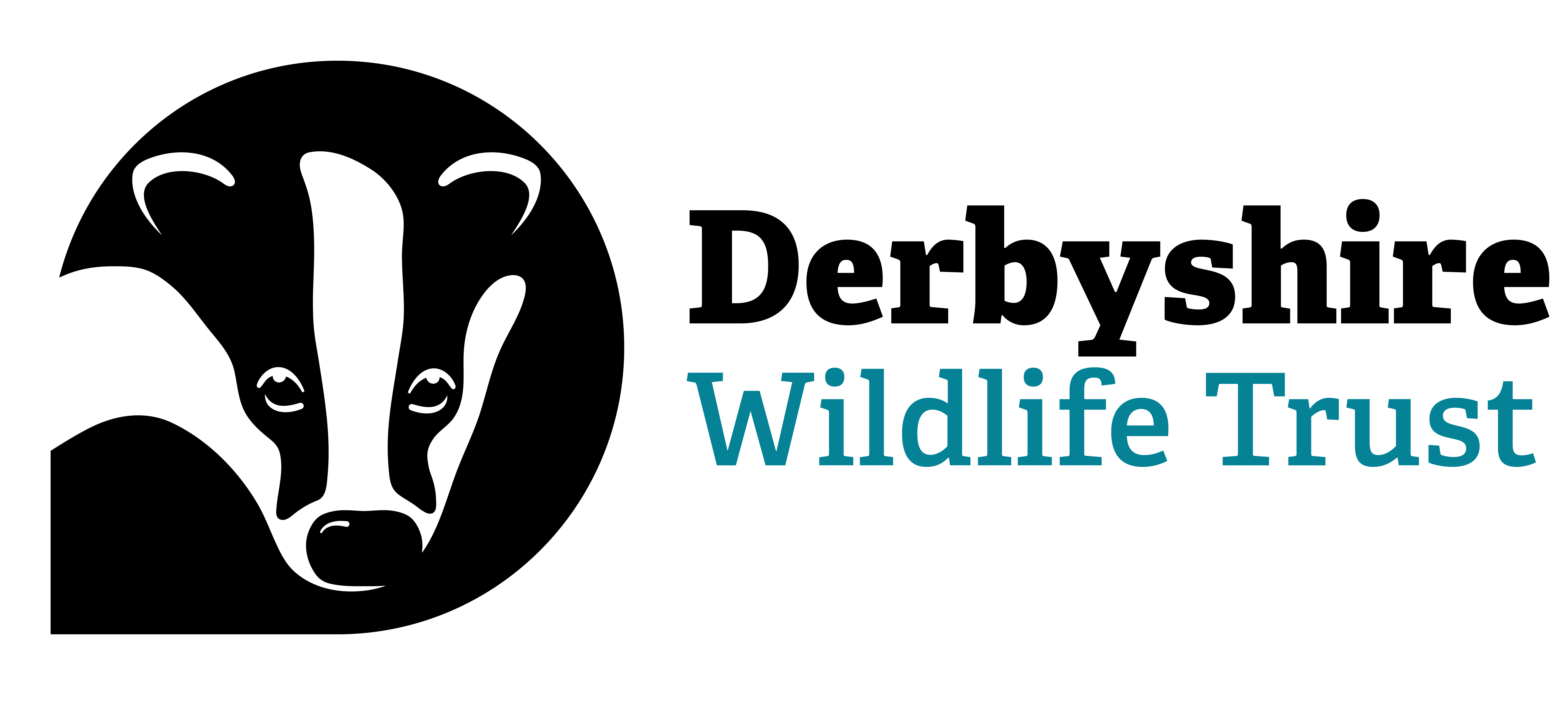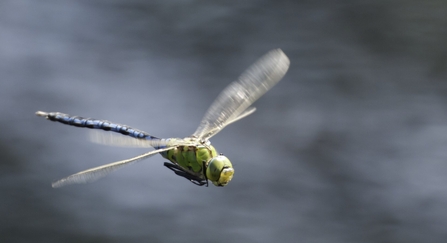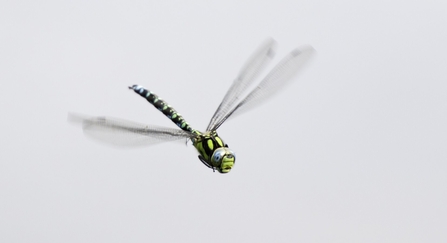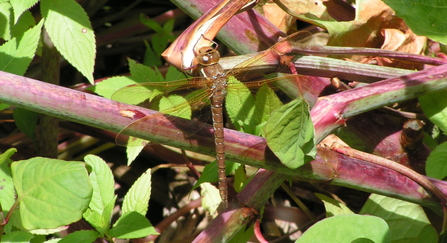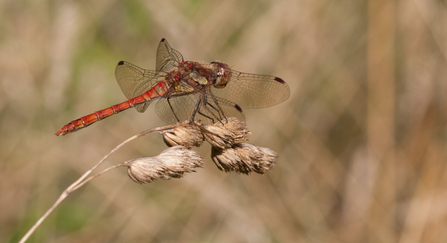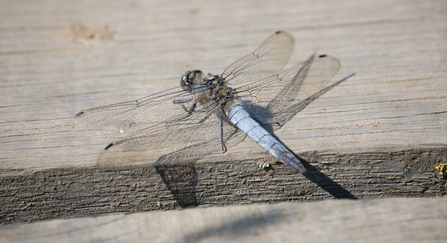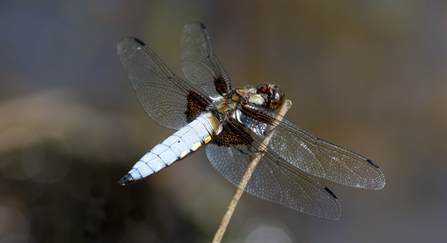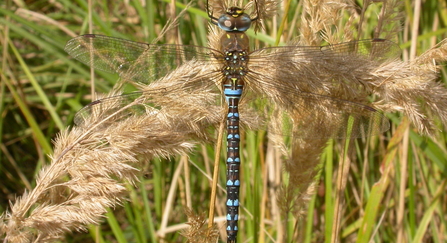Did you know that dragonflies have remained almost unchanged in structure for 60 million years? The fossilised wing of one of the oldest specimens in the world was found in a coal mine beneath Bolsover in the 1980s!
No summer outing would be complete without hearing the tell-tale sound of a patrolling dragonfly as it hunts over a nearby pond. Their aerial manouvres rival the fastest military aircraft as they duck and turn in pursuit of prey, or narrowly avoid the clutches of hungry hobbies. These adaptable insects lord over wetlands, moorland and even woodland glades, feeding on flies, midges and even each other. If you thought butterflies were the only insects worth a second glance, these multi-coloured, iridescent predators demand appreciation too.
There are 17 species of damselfly and 23 species of dragonfly resident in the UK, with the occasional visitor from continental Europe. Yet here in Derbyshire there are only 13 species of dragonfly and nine of damselfly that are resident in the county - with the occasional visitor!
Dragonflies are much larger than damselflies or demoiselles. They always have their wings held out at right angles to their bodies, compared to damselflies who will usually close their wings over their bodies.
